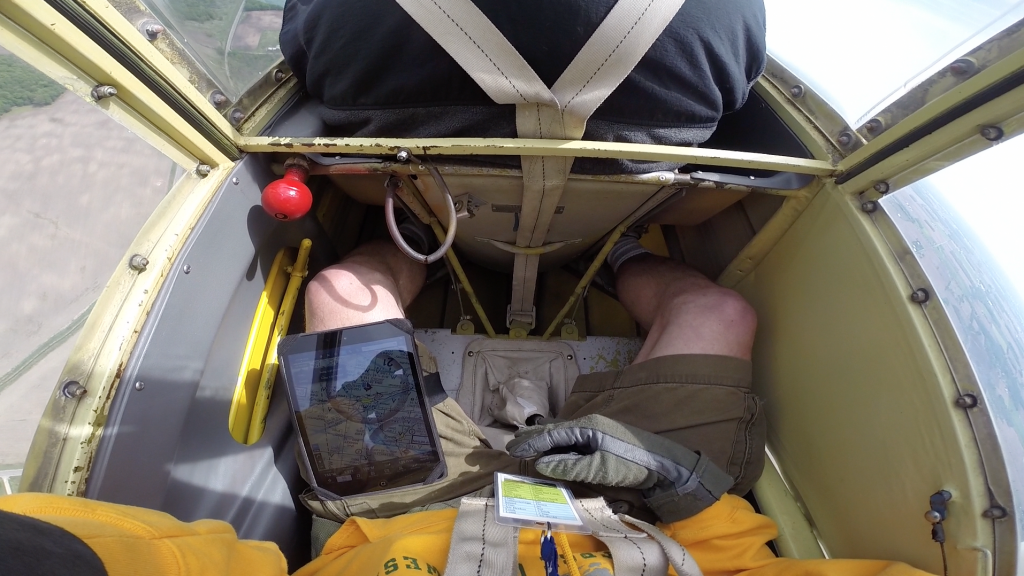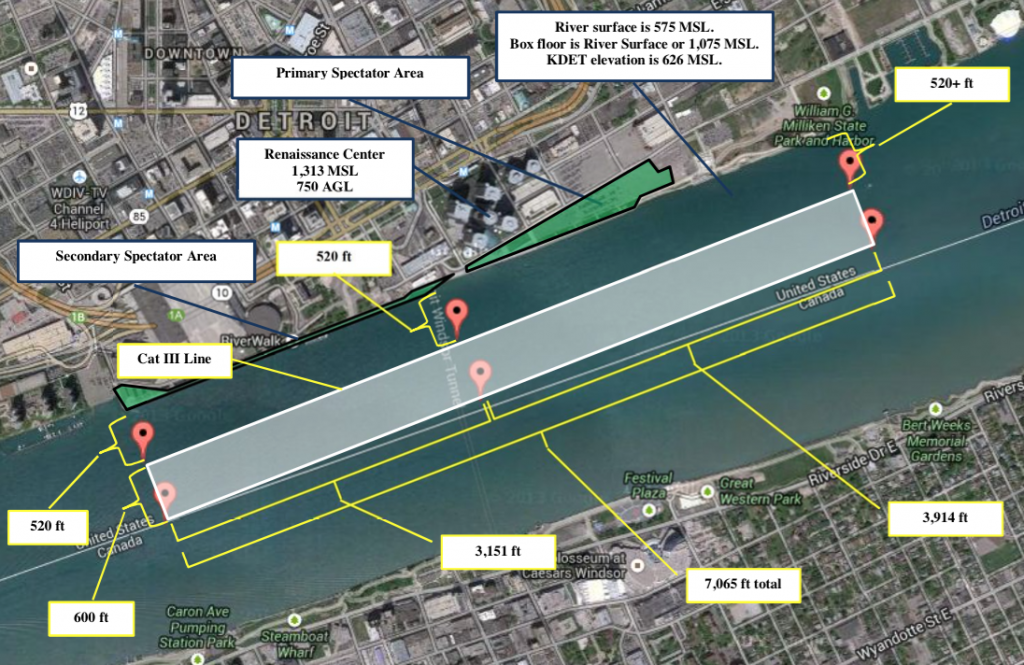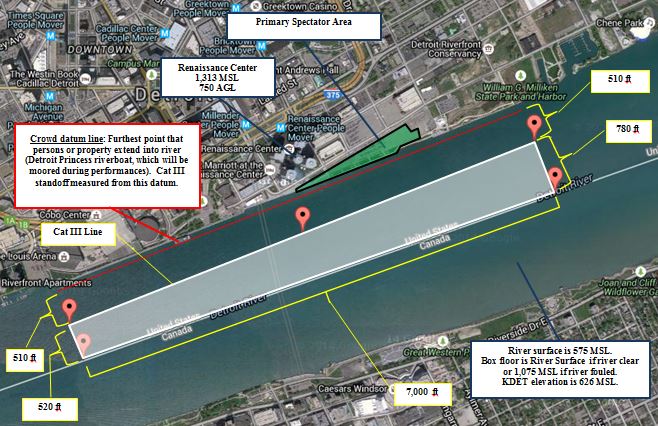
These are the show notes to an audio episode. You can listen to the show audio here:
Better yet, subscribe to Airspeed through iTunes or your other favorite podcatcher. It’s all free!
This is the third installment of the series that covers – in near-realtime – the events leading up to the GM Detroit River Days Airshow on the Detroit River 20-21 June 2015. As before, David Allen of Other People’s Airplanes has taken the mic and is running the show in order to keep things moving.
In this installment, our heroes announce performers and deal with riverboats, timing changes, weather planning, and other exciting stuff.
If you’re following along at home, the lead image shows the new box configuration and the image below shows the former box for comparison. We had to push everything back by a distance equivalent to the beam of a riverboat (62 feet), which squeezed the west end of the box down to 520 feet. The good news is that we just abandoned the rectangular shape of the box and pushed the back of the box all the way to the Canadian border. The border does not run parallel to the US shore, but rather dives a couple of degrees south. Thus, the east end of the box is now 780 feet wide. And the other good news is that the crowd is concentrated toward that end of the box.
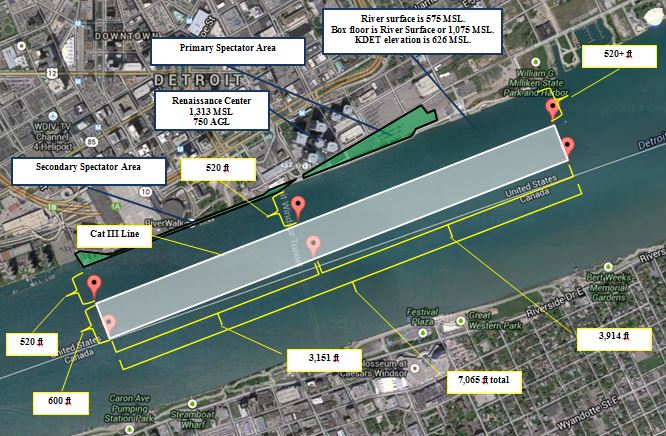
It also requires some fancy footwork to coordinate with the riverboat and the other large charter traffic on the river to assure that we’ll have a sterile area.
Here’s another shot that appears in the supplementary materials for the waiver. You can see the riverboat over there on the right-hand side of the picture and the datum line that we’re using for the whole shore. The datum is at least 70 feet from shore at all points and the CAT III line (the closest approach of performing aircraft) is 510 feet out from there.
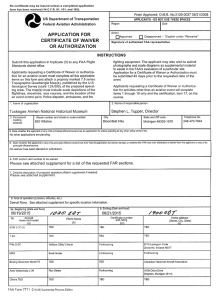 If you really want to go inside baseball, you can see a copy of the waiver by clicking the image above.
If you really want to go inside baseball, you can see a copy of the waiver by clicking the image above.
Stay tuned. There’ll likely be at least one more episode before the show itself. In the meantime, you can see the River Days event page for the airshow here. Thanks to Brad “Launchpad” Marzari for his questions submitted through Facebook.


